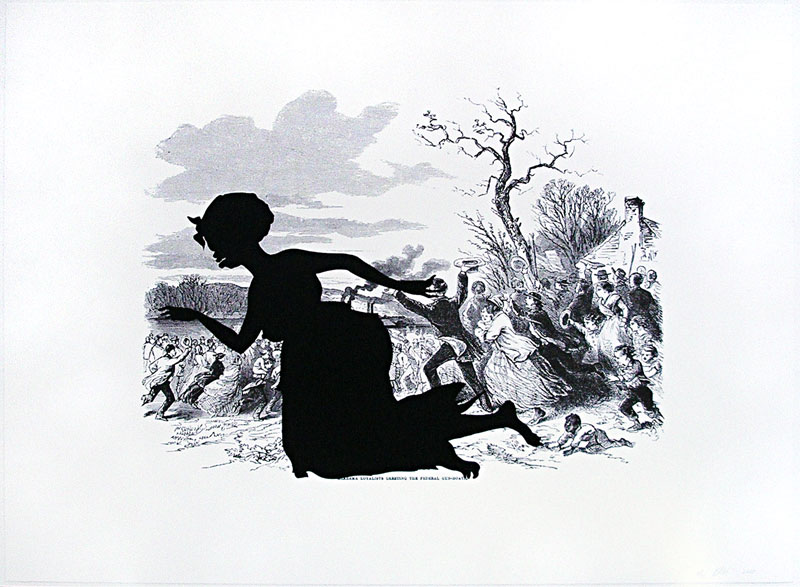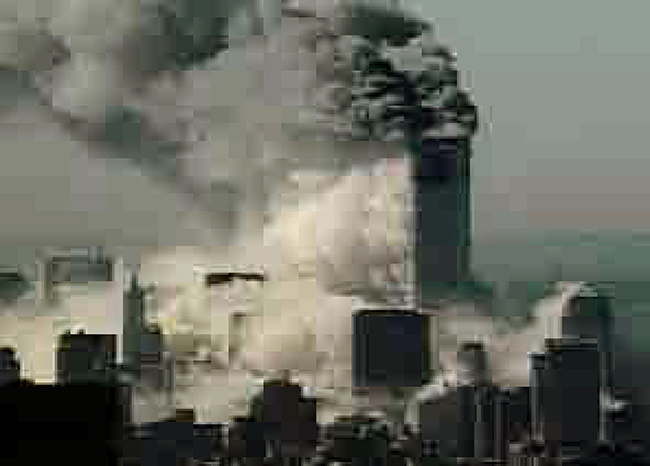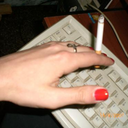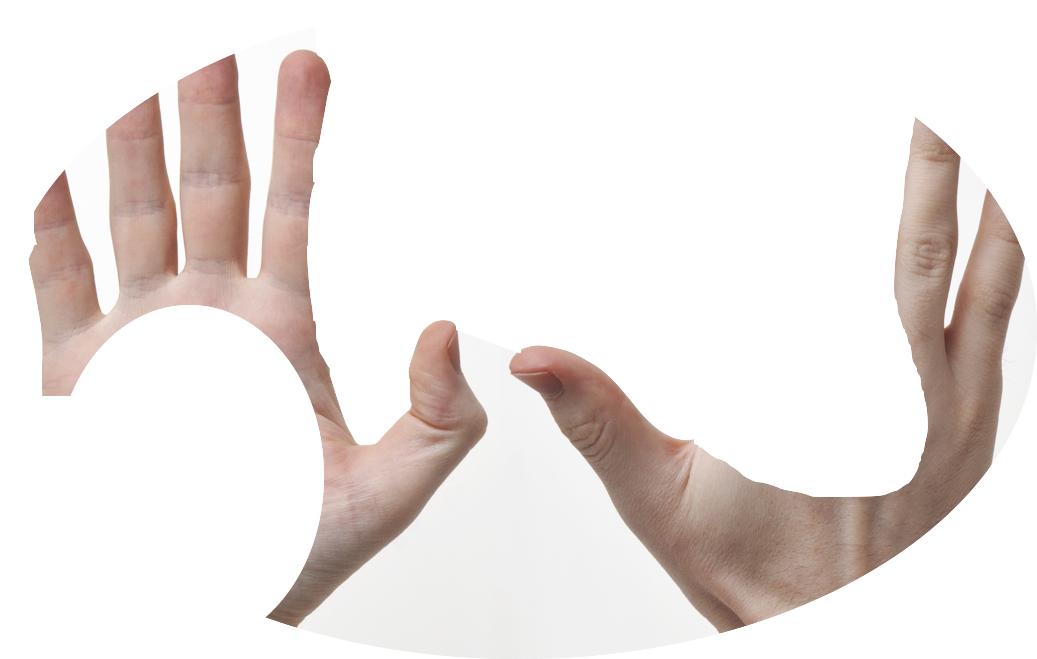Archival theorist Nina Lager Vesterberg defines the purpose of the archive in her essay Ordering, Searching, Finding as “the organization and maintenance of which contribute to the validation of knowledge and the management of meaning.”(1) Considering this statement, this essay will attempt to re-contextualize the archive as an open structure that generates and expands meaning as opposed to a closed structure that functions to preserve and maintain it. My analysis focuses on artists who collapse archival structures by destabilizing and mining their content. Here “collapse” should be not understood as a purely destructive process; rather to “collapse” is to deconstruct, to simultaneously expose and densify information. The collapsed archive is not defunct, rather it’s destabilization allows for the pluralization of meaning.
Artist Graham Meigs Vunderink’s blog is a continuous exercise in re-contextualizing and manipulating images from digital archives. The artist takes these images and subjects them to a uniform treatment in which he “free hand crops” them according to a micro-narrative that he distills from examination. Through this process of cropping “a new relationship is created between the new borders of the image, the pictorial space inside those borders, and what can be inferred about the rest of what the picture previously was.” In the essay Relational Aesthetics critic and curator Nicholas Bourriard defines a “form” as “a coherent unit, a structure (independent entity of inner dependencies)” which “come into being, from the “deviation” and random encounter between to hitherto parallel elements.”(3) Vunderink’s process of re-bordering, forces an Image to encounter itself, thus a new form is constituted in an indeterminate space of relation and inference. The subtraction of information from these images does not refine their meaning through divisive means; instead, these new borders allow for the simultaneous implosion and explosion of inner dependencies, dissolving and disseminating meaning across “new fields of context” according to a process of simultaneous implosion and explosion of inner dependencies.(4)Through this process, a new archive emerges in which borders function not as informational blockages but as transitional spaces of informational passage.
 Thomas Ruff’s “jpeg” series directly addresses the notion of the internet as a destructive/implosive archive. This series is composed of images from mass media that have been subjected to endless downloads, uploads, compressions, and re-codings; through these processes these images become both documents of events as well as documents of their own circulation and degradation. Ruff showcases and perpetuates the decay of digital images by enlarging and printing them at a monumental scale which re-asserts the monumentality of the events that they (poorly) depict; he creates tension between the historical significance of the image and the significant history of the image’s generational decay. The meaning and significance of an image increases with its proliferation across the Internet however, and the more an image proliferates the more it degrades. In Vesterberg’s definition, the archive functions like a monument: a rigid structure that validates a fixed understanding of history; Ruff exhibits these degraded images on a monumental scale–subverting the notion of an archive as a sacred space for the preservation and validation of meaning. The “jpeg” series is a monument to ruin, a brief moment of stasis for the poor image, a meditation on the complicated mortality of the pixel.
Thomas Ruff’s “jpeg” series directly addresses the notion of the internet as a destructive/implosive archive. This series is composed of images from mass media that have been subjected to endless downloads, uploads, compressions, and re-codings; through these processes these images become both documents of events as well as documents of their own circulation and degradation. Ruff showcases and perpetuates the decay of digital images by enlarging and printing them at a monumental scale which re-asserts the monumentality of the events that they (poorly) depict; he creates tension between the historical significance of the image and the significant history of the image’s generational decay. The meaning and significance of an image increases with its proliferation across the Internet however, and the more an image proliferates the more it degrades. In Vesterberg’s definition, the archive functions like a monument: a rigid structure that validates a fixed understanding of history; Ruff exhibits these degraded images on a monumental scale–subverting the notion of an archive as a sacred space for the preservation and validation of meaning. The “jpeg” series is a monument to ruin, a brief moment of stasis for the poor image, a meditation on the complicated mortality of the pixel.
 While scholarship on the rapid proliferation of information on the Internet is in itself prolific, no such analyses exist on the disappearance of information that occurs just as rapidly. The ongoing project “Internet History” is an archive consisting of digital images that have been mined and salvaged from abandoned online image sharing and storage platforms. These are images that would otherwise be lost. The title of the project presents a complicated paradox in that it functions as a “historical” collection but the history it addresses is not necessarily distinguishable from the contemporary context of its own archival platform. This is not to say that these images are indistinguishable from “the Internet” as a whole, rather that the span of time that differentiates between “historical” material and “contemporary” platform has been radically condensed.
While scholarship on the rapid proliferation of information on the Internet is in itself prolific, no such analyses exist on the disappearance of information that occurs just as rapidly. The ongoing project “Internet History” is an archive consisting of digital images that have been mined and salvaged from abandoned online image sharing and storage platforms. These are images that would otherwise be lost. The title of the project presents a complicated paradox in that it functions as a “historical” collection but the history it addresses is not necessarily distinguishable from the contemporary context of its own archival platform. This is not to say that these images are indistinguishable from “the Internet” as a whole, rather that the span of time that differentiates between “historical” material and “contemporary” platform has been radically condensed.
 Interview with founder of Internet History
These artists do not destroy archives, they collapse them. The collapsed archive is a monument to ruin, it is a destabilized multiplicity of data debris that generates meaning. Collapse is not a divisive process; division solidifies borders and establishes meaning while collapse dissolves borders and explodes meaning. The dissolution of borders results in a total densification of space. The collapsed archive is not a closed structure but a porous framework designed for unregulated leakage, it liquefies information. The collapsed archive has no inside or outside; rather, through the process of re-bordering (appropriation) a border becomes a threshold not a container. The border becomes an active space.
Interview with founder of Internet History
These artists do not destroy archives, they collapse them. The collapsed archive is a monument to ruin, it is a destabilized multiplicity of data debris that generates meaning. Collapse is not a divisive process; division solidifies borders and establishes meaning while collapse dissolves borders and explodes meaning. The dissolution of borders results in a total densification of space. The collapsed archive is not a closed structure but a porous framework designed for unregulated leakage, it liquefies information. The collapsed archive has no inside or outside; rather, through the process of re-bordering (appropriation) a border becomes a threshold not a container. The border becomes an active space.
Lily Bartle 2014
